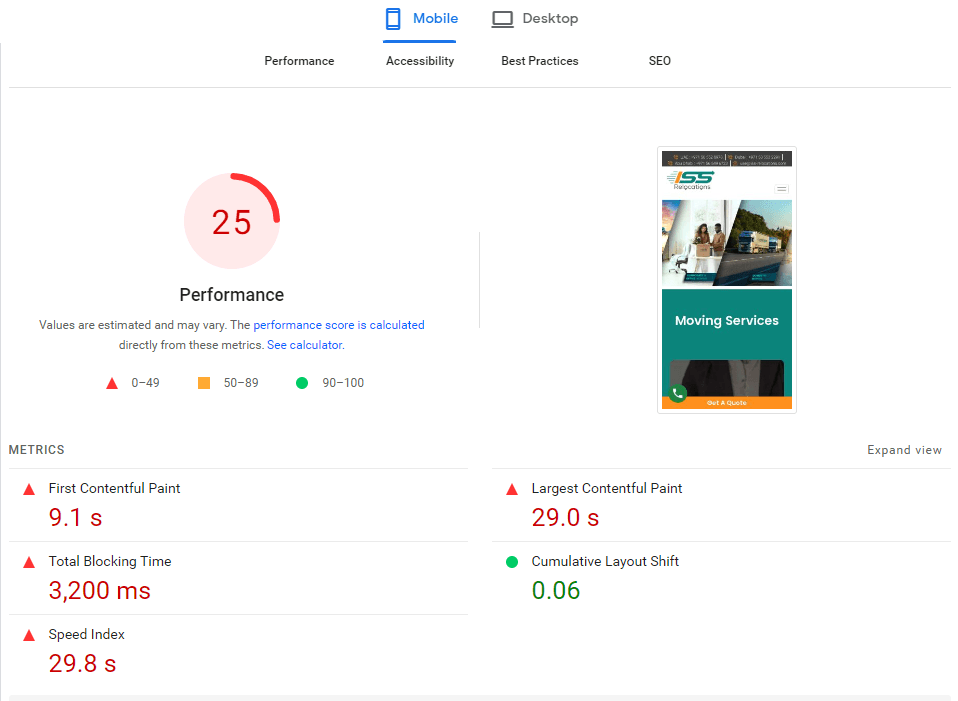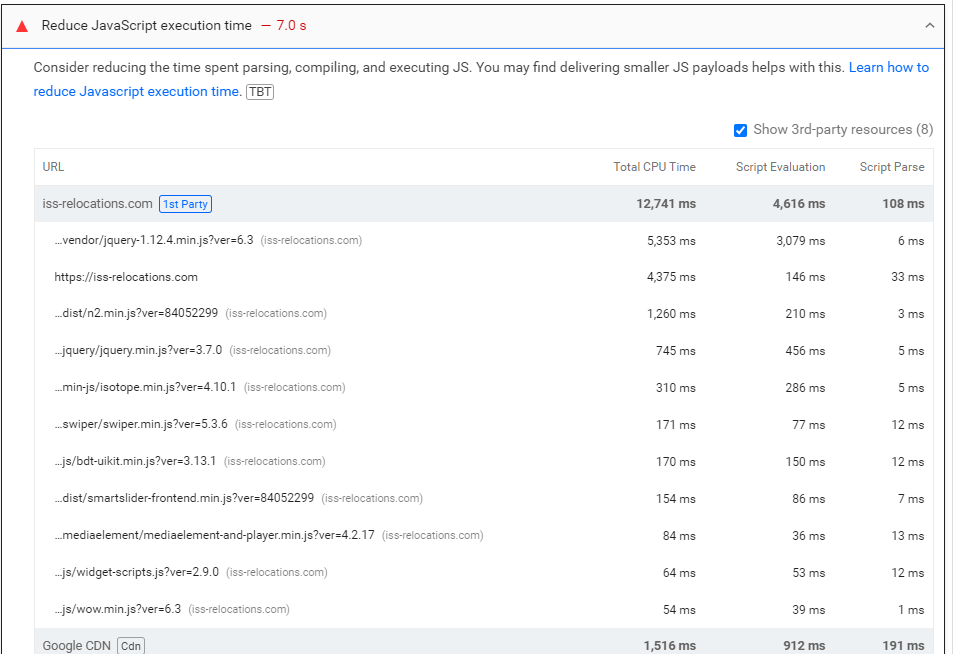
The Complete Guide to Leveraging JavaScript and CSS Optimization for Faster Page Speed
JavaScript and CSS serve critical functions on modern websites. But inefficient code can bloat page weight and stall rendering.
This comprehensive guide will explore why JS and CSS optimization matters for page speed, techniques to streamline scripts and stylesheets, and how to measure improvement using core web vitals.
Let’s dive in and uncover how optimized JS and CSS improves user experience and conversions.
Why JavaScript and CSS Optimization Impacts Page Speed

Heavy, unoptimized JS and CSS significantly slow down page load for several reasons:
- Block rendering– Browsers can’t render pages until CSS/JS downloads and processes. More code = longer block time.

- IncreaseWeight– Heavier JS and CSS payloads take longer to download, delaying interactivity.

- Require Parsing– Browsers must parse CSS/JS code before rendering, increasing load time.
- Trigger Extra Requests– External files trigger additional network requests, multiplying delays.
- Hurt Core Vitals– Unoptimized assets negatively impact LCP, FID and CLS metrics.
Well optimized CSS/JS eliminates these performance pitfalls. Let’s explore specific ways to streamline scripts and stylesheets.
CSS Optimization Techniques
Here are proven techniques for optimizing CSS to boost page speed:
Minify CSS
Minification removes unneeded whitespace, comments and shorthand to reduce file size without altering functionality. Always minify CSS in production.
Eliminate Render Blocking CSS

Link render blocking CSS asynchronously or inline critical CSS directly in the <head>. This allows pages to render content faster.
Reduce Requests Through Concatenation
Concatenate multiple CSS files into fewer files. Each separate file requires its own network request.
Optimize Delivery
Store CSS on a CDN for faster delivery and enable browser and server caching to avoid unnecessary re-downloads.
Remove Unused CSS
Audit CSS and remove any rules that aren’t applied to the current page. Unused CSS still weighs down page load.
Avoid CSS Imports
Import statements allow modular CSS but also chain requests. Always import critical CSS directly into the HTML document.
Load CSS Asynchronously
Load non-critical CSS using media attributes or CSS preload techniques. This removes it from the critical path.
To load CSS Files async, you can check the code block below.
<link rel=”stylesheet” href=”style.css” media=”print” onload=”this.media=’all'”
Prioritize Above-the-Fold CSS
Front-load CSS for anything immediately visible in the viewport. Defer CSS further down the page.
Following these best practices significantly streamlines CSS delivery for faster page rendering. Now let’s explore JavaScript optimization techniques.
JavaScript Optimization Techniques
Here are proven ways to optimize JavaScript for faster page speeds:
Minify JavaScript

Like CSS, minification reduces JS file size by removing comments and whitespace without altering functionality.
Eliminate Render Blocking JS
When possible, load JS asynchronously to allow earlier page rendering, or inline critical JS directly in <head>
Reduce Requests Through Concatenation
Combine multiple JS files into fewer concatenated files to reduce total requests.
Optimize Delivery
Store JS files on CDNs and enable caching. Also use compression like Gzip or Brotli to reduce transfer size.
How To Enable GZIP Compression on an Apache Web Server
<IfModule mod_deflate.c>
AddOutputFilterByType DEFLATE application/javascript
AddOutputFilterByType DEFLATE application/rss+xml
AddOutputFilterByType DEFLATE application/vnd.ms-fontobject
AddOutputFilterByType DEFLATE application/x-font
AddOutputFilterByType DEFLATE application/x-font-opentype
AddOutputFilterByType DEFLATE application/x-font-otf
AddOutputFilterByType DEFLATE application/x-font-truetype
AddOutputFilterByType DEFLATE application/x-font-ttf
AddOutputFilterByType DEFLATE application/x-javascript
AddOutputFilterByType DEFLATE application/xhtml+xml
AddOutputFilterByType DEFLATE application/xml
AddOutputFilterByType DEFLATE font/opentype
AddOutputFilterByType DEFLATE font/otf
AddOutputFilterByType DEFLATE font/ttf
AddOutputFilterByType DEFLATE image/svg+xml
AddOutputFilterByType DEFLATE image/x-icon
AddOutputFilterByType DEFLATE text/css
AddOutputFilterByType DEFLATE text/html
AddOutputFilterByType DEFLATE text/javascript
AddOutputFilterByType DEFLATE text/plain
AddOutputFilterByType DEFLATE text/xml
</IfModule>
How To Enable GZIP Compression on an NGINX Web Server
gzip_vary on;
gzip_types text/plain text/css text/xml text/javascript application/x-javascript application/xml;
gzip_min_length 1000;
gzip_proxied no-cache no-store private expired auth;
Lazy Load JavaScript
Defer loading JS until needed using async, defer attributes, or dynamic imports() to parse code faster and on-demand.
Avoid Long-Running JS
Split computationally intensive JS into smaller functions that execute sequentially, not in one long block.
Eliminate Unnecessary Libraries/Frameworks
Audit JS for any unused libraries, dependencies, and code that can be removed to streamline payload size.
Load JavaScript Asynchronously
Use async, defer attributes and DOMContentLoaded event to load non-critical JS without blocking page render.
Carefully optimizing JavaScript execution and delivery prevents performance bottlenecks.
How to Measure JavaScript and CSS Optimization Impact
Measuring page speed before and after optimization is key to proving the ROI. Here are the core metrics to monitor:
- Page weight– Track JS/CSS payload size decrease
- Number of requests– Count asset requests needed before vs after
- PageSpeed Insights scores– Monitor overall speed score improvements
- Largest Contentful Paint– Measure how much faster main content loads
- First Input Delay– Gauge responsiveness/interactivity gains
- Time to Interactive– Check how quickly pages become fully interactive
- Load duration in Analytics– Difference in overall page load speed
Tools like PageSpeed Insights make it easy to benchmark page speed gains driven by streamlined JS and CSS.
JavaScript and CSS Optimization Tips
Here are some tactical tips for optimizing scripts and styles:
- Set tangible page speed goals like improving Time to Interactive by 20%
- Find quick CSS wins first then tackle more complex JavaScript optimization
- Use webpack, Rollup, and other bundlers to automatically minimize JS/CSS
- Analyze browser network waterfall to identify blocking requests
- Regularly audit JS/CSS usage – unused code is dead code
- Don’t asynchronously load all assets by default – identify above the fold critical code
- Use CDNs like Cloudflare to serve and cache static CSS/JS assets
- Enable Brotli or Gzip compression for all text-based assets
- Monitor PageSpeed Insights before and after changes to prove speed gains
- Take an iterative approach tackling one optimization at a time
With a well-planned roadmap and measurement framework, streamlining JavaScript and CSS improves page experience and conversions.
Tools and Resources for JS/CSS Optimization
Here are additional tools and resources to help optimize JS and CSS:
- PageSpeed Insights– Page diagnostics and suggestions
- web.dev Measure– Lab data for page speed optimizations
- Chrome DevTools– Network request waterfall and audits
- Yellow Lab Tools– Test different optimization techniques
- Sitespeed.io– Automated page speed tests
- webpack– JS/CSS bundling and minification
- Rollup– Tree shaking and code splitting
- Lighthouse– Audits and metrics on JS/CSS efficiency
- Google PageSpeed Optimization Guide– Best practices resource
Leverage these tools to measure improvements, identify optimization opportunities, and streamline delivery of CSS and JS code.
FAQs Around JS/CSS Optimization
Some common questions on streamlining JavaScript and CSS:
What is more important to optimize first - HTML, CSS, or JS?
How much JS/CSS optimization is needed for good page speed?
What are the downsides of minifying CSS/JS?
Should JS/CSS optimization focus on mobile or desktop?
What is the easiest optimization to implement first?
Wrapping Up
JavaScript and CSS optimization should be an ongoing process, not a one-time project. Regularly measure page speed benchmarks and look for savings in payload size, network requests, and blocking resources.
Consistently implementing the techniques outlined in this guide will significantly improve LCP, FID, and overall user experience over time.
Faster pages equal more conversions. Technical SEO optimizations pay huge dividends when done right. Focus on easy wins first, then tackle more complex changes step-by-step.
Want expert help improving JS/CSS efficiency? Our technical SEO specialists can audit your site, identify savings, and implement optimizations for measurably faster page speeds. Contact us to kickstart your page speed optimization journey.




